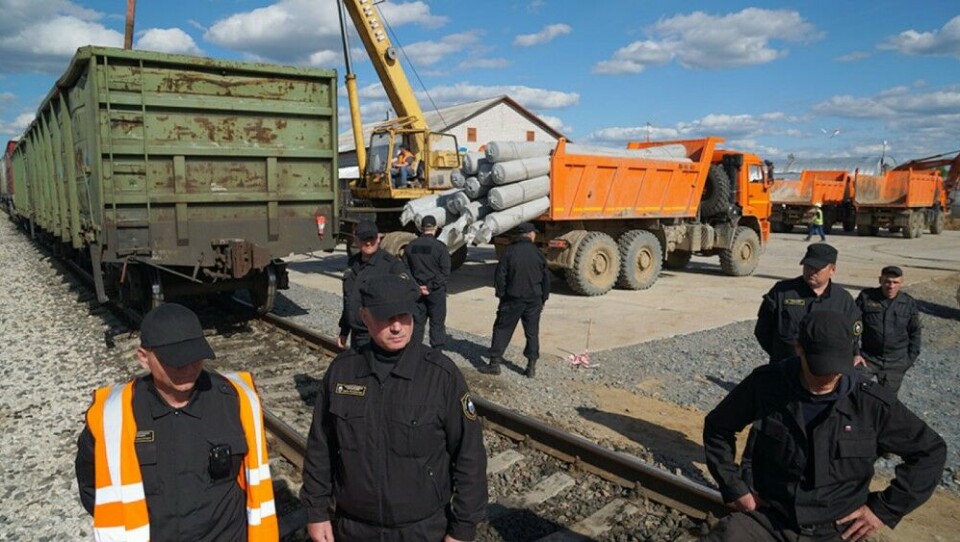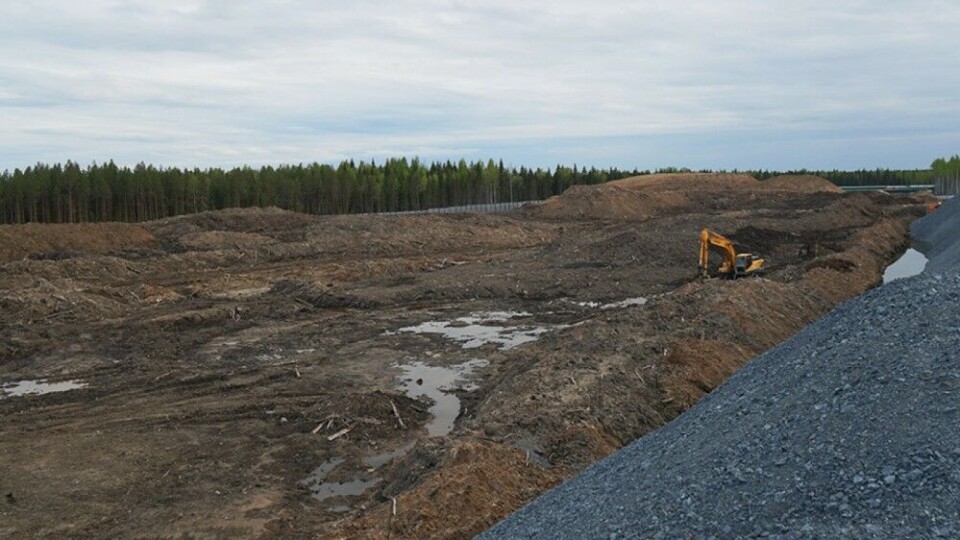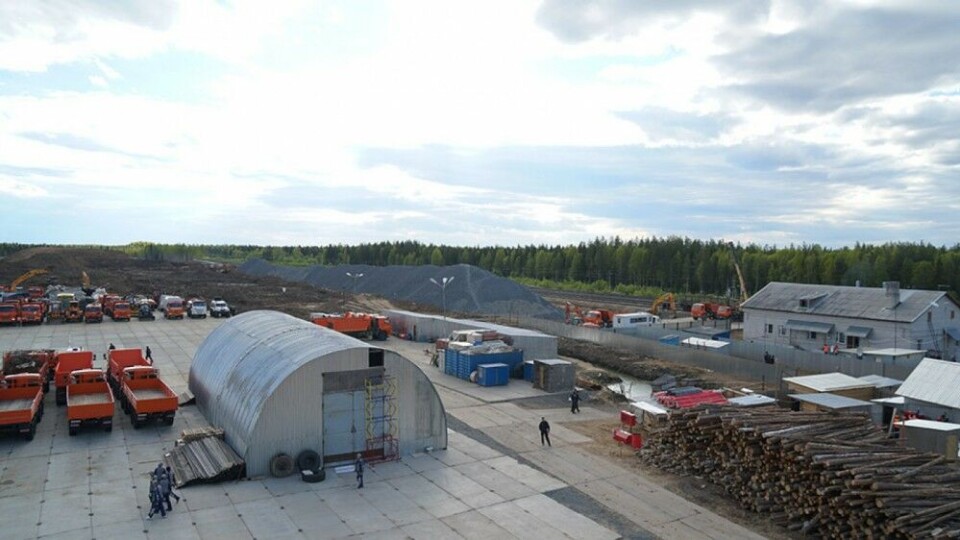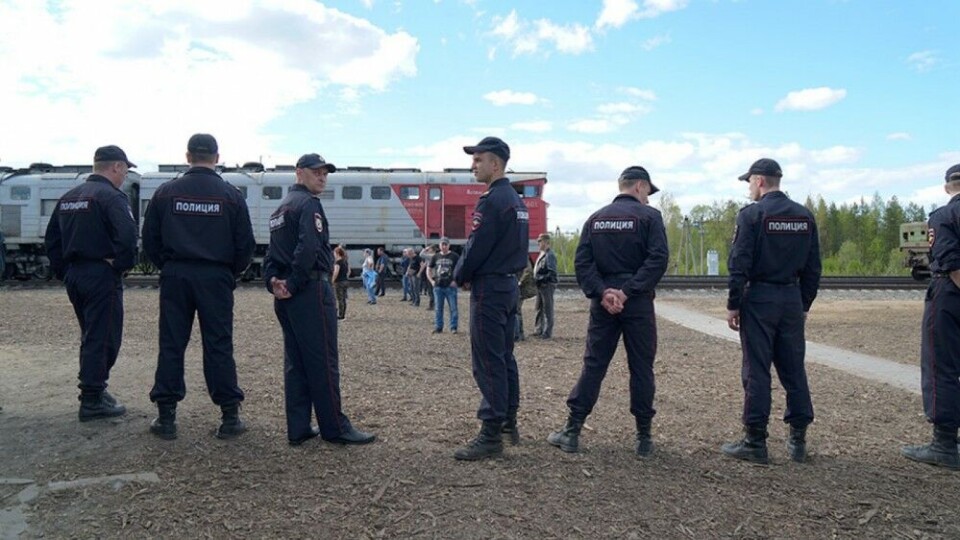
Protests in Shiyes: How a Garbage Dump Galvanized Russia’s Civil Society
After months of protests, locals say they won’t back down against government plans for a massive landfill in Russia's north.
Text by: Yelena Solovyova
Shiyes is the name of a small train station on Russia’s Northern Railway, located some 1,200 kilometers north-east of Moscow. It used to be the site of a logging camp that was officially shut down in 1974. A few people stayed on, until the very last resident packed up and left in 2002.
Muscovites probably consider the area to be completely uninhabited, but that is not the case. People in the neighboring towns and villages live off the land: They hunt, fish, and gather mushrooms and berries. Some do it for pleasure, others for survival. Several rickety hunters’ shacks dot the taiga around Shiyes.
In July 2018, two hunters from a nearby town called Urdoma stumbled across a construction site in the area. The workers at the site told the hunters that they were building an enormous landfill designed for shipments of garbage from Moscow. They advised the hunters to move away from the area and to take their children with them.


















